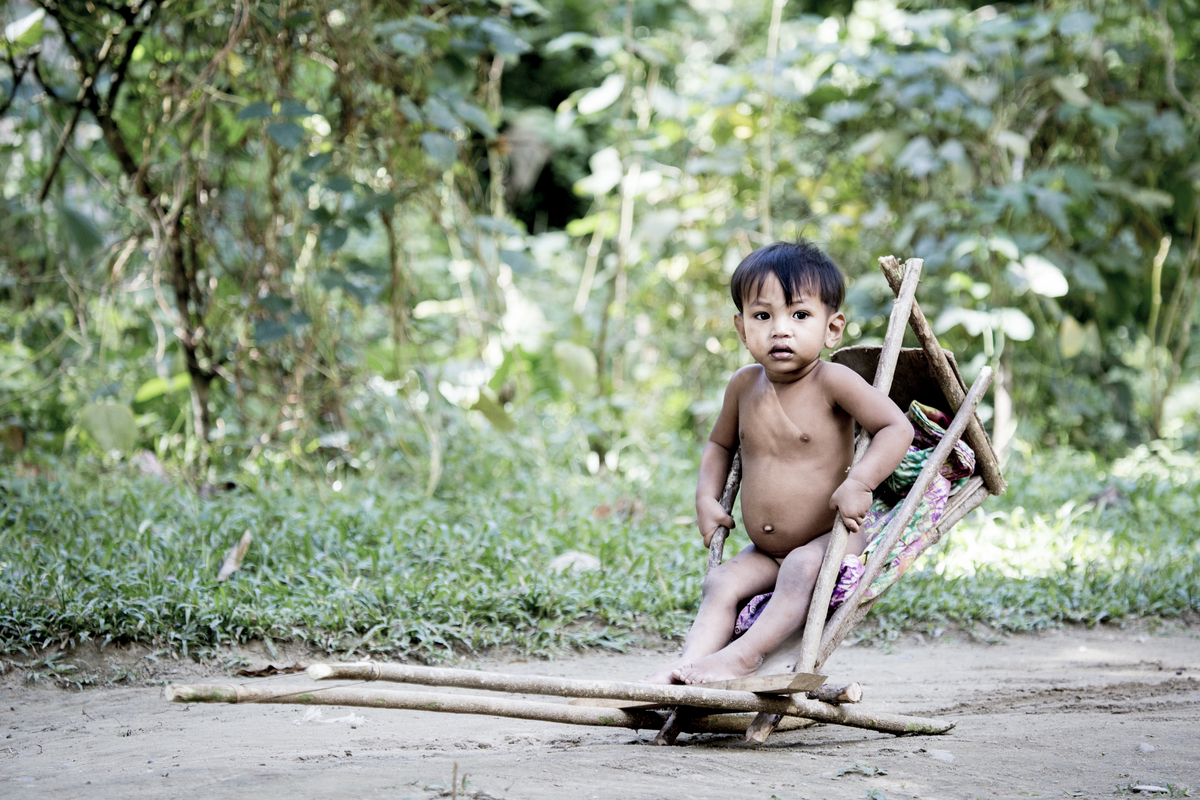We can only achieve the goal of protecting at least 30% of our land and water forms by 2030 with the leadership of IPLCs and with full respect of their rights.
30x30 is not possible without Indigenous Peoples and Local Communities. IPLCs are the most effective stewards of their lands and of biodiversity management since time immemorial. Traditional lifestyles are lived out in respect with the natural environment making it no surprise that scientists have found lower rates of deforestation and forest carbon emissions on their lands, which also shelters much more vertebrate-species diversity than protected natural areas.
Although they make up only 6% of the global population, Indigenous Peoples’ lands contain approximately 80% of the world’s biodiversity. We cannot deny that IPLCs have experienced displacement on lands converted into protected areas in the past. This is why free, prior informed consent (FPIC) and equitable funding are key to ensuring their rights are protected as well. We cannot protect land without protecting the people in it.
“There is crystal-clear evidence that their knowledge systems, practices and values have so much to offer in addressing the current biodiversity crisis"
- Dr. Álvaro Fernández-Llamazares
![]()
![]()
![]()
![]()
Contribute your story



Looking for stories about Indigenous people and local communities protecting biodiversity in South-East Asia
︎︎︎ Click here to contribute
JOIN THE COALITION
We are looking for organizations across South East Asia to assist in the lobbying, campaigning, and mobilization of resources to urge our governments to sign on to the HAC and take necessary action in the protection of our IPLCs and Biodiversity.
“Cleopatra’s Needle in Puerto Princesa City (PPC) is one of these wild forests that we explored since childhood that was threatened from this unsustainable and illegal exploitation, and we had a dream to protect it. Cleopatra’s Needle is the highest peak and one of the largest watersheds of PPC, the ancestral lands of the last 200 members of the disappearing Batak tribe, and home to countless endemic flora and fauna, including the world’s #1 poached animal, the Philippine Pangolin, and other charismatic species like the Asian Small-clawed Otter, the Palawan Bearcat, the Philippine Cockatoo, the Palawan Hornbill, among countless others!?”
for images used on this site
LEARN MORE
| Campaign for Nature |
| Convention on Biological Diversity |